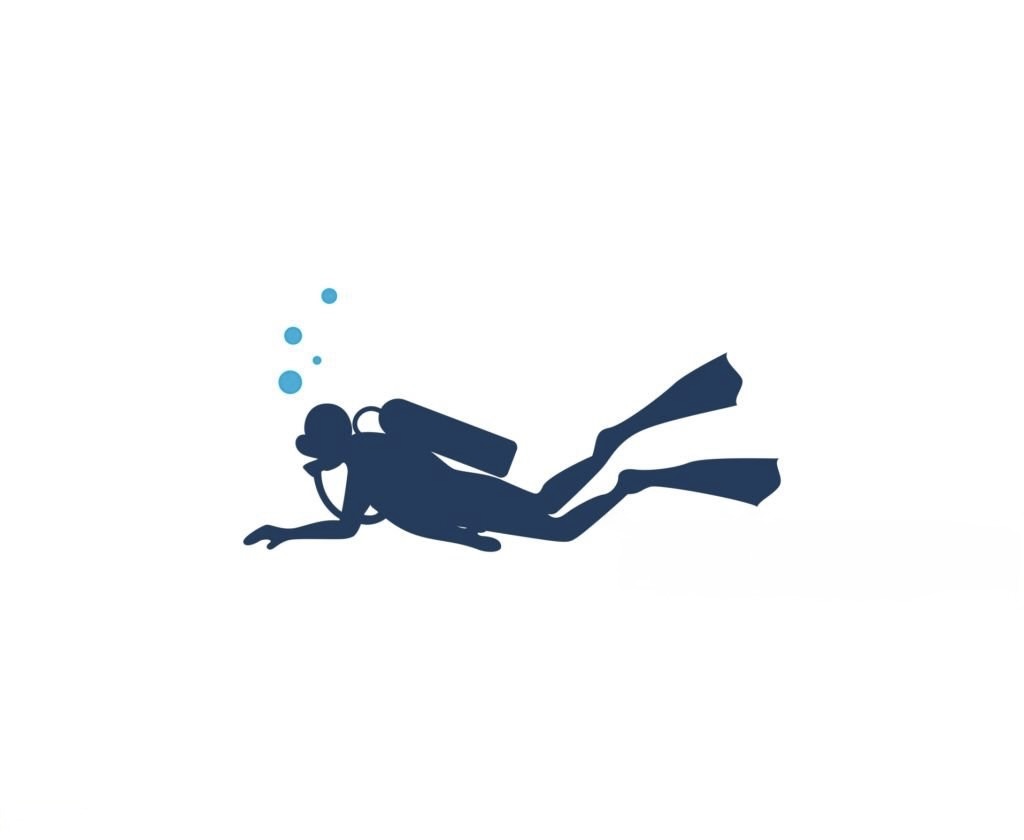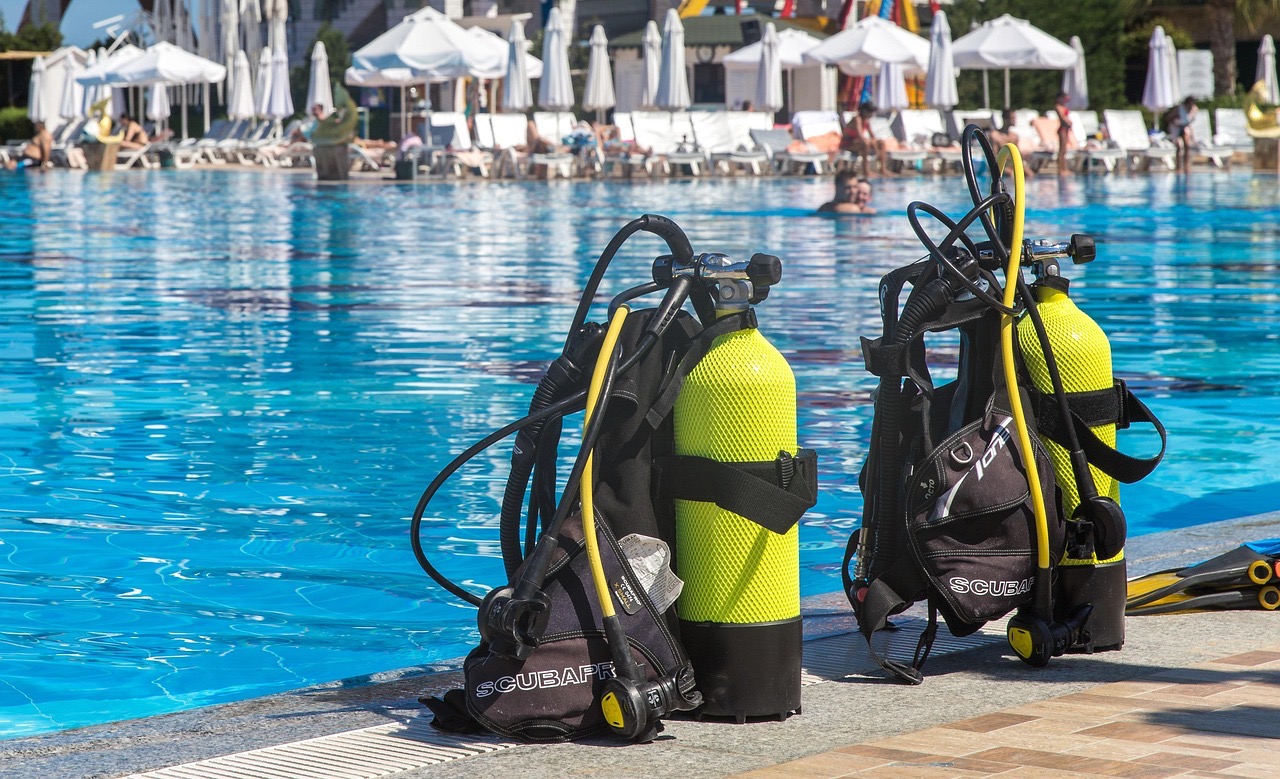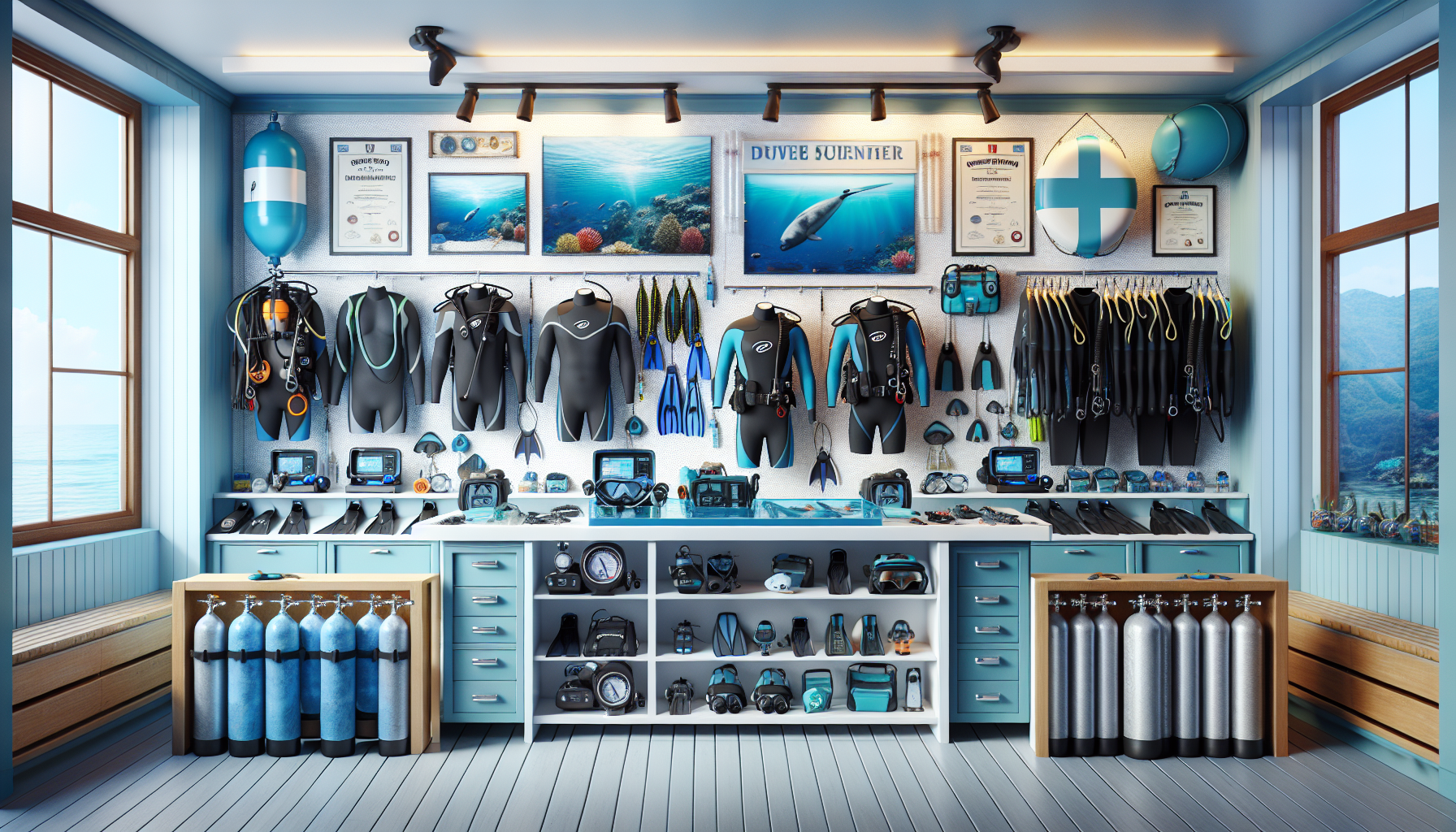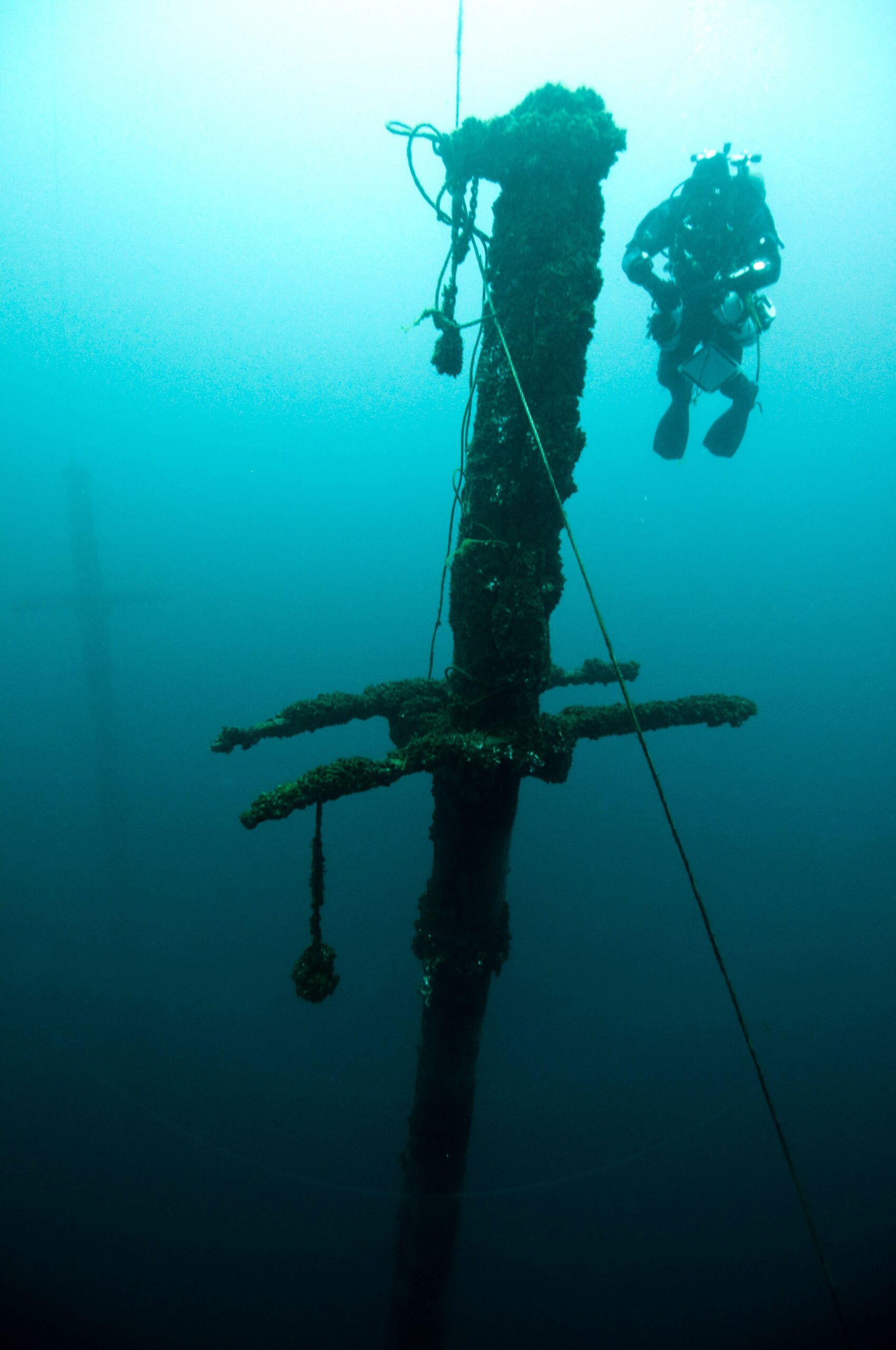
Coron –
A destination for wreck diving
⚓ How Many Shipwrecks Are in Coron, Palawan?
Coron Bay in Palawan, Philippines, is famous for its many World War II shipwrecks. On September 24, 1944, several Japanese vessels were sunk during a U.S. air raid. In total, there are eleven identified wrecks in the area, most of which are popular diving sites, while a few are either too deep or not suitable for recreational diving.
Season
Oct-May
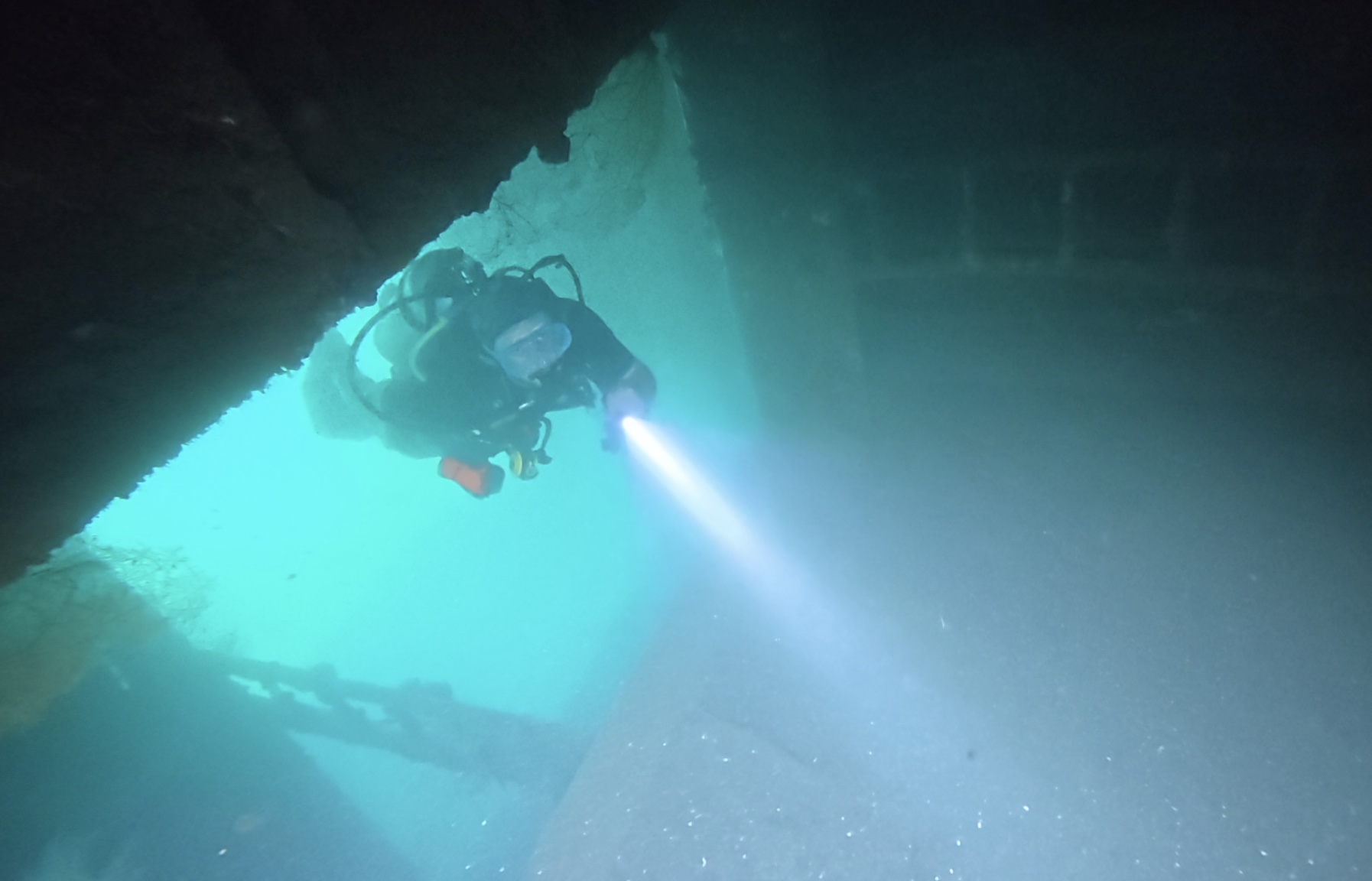
The most well-known and diveable wrecks include:
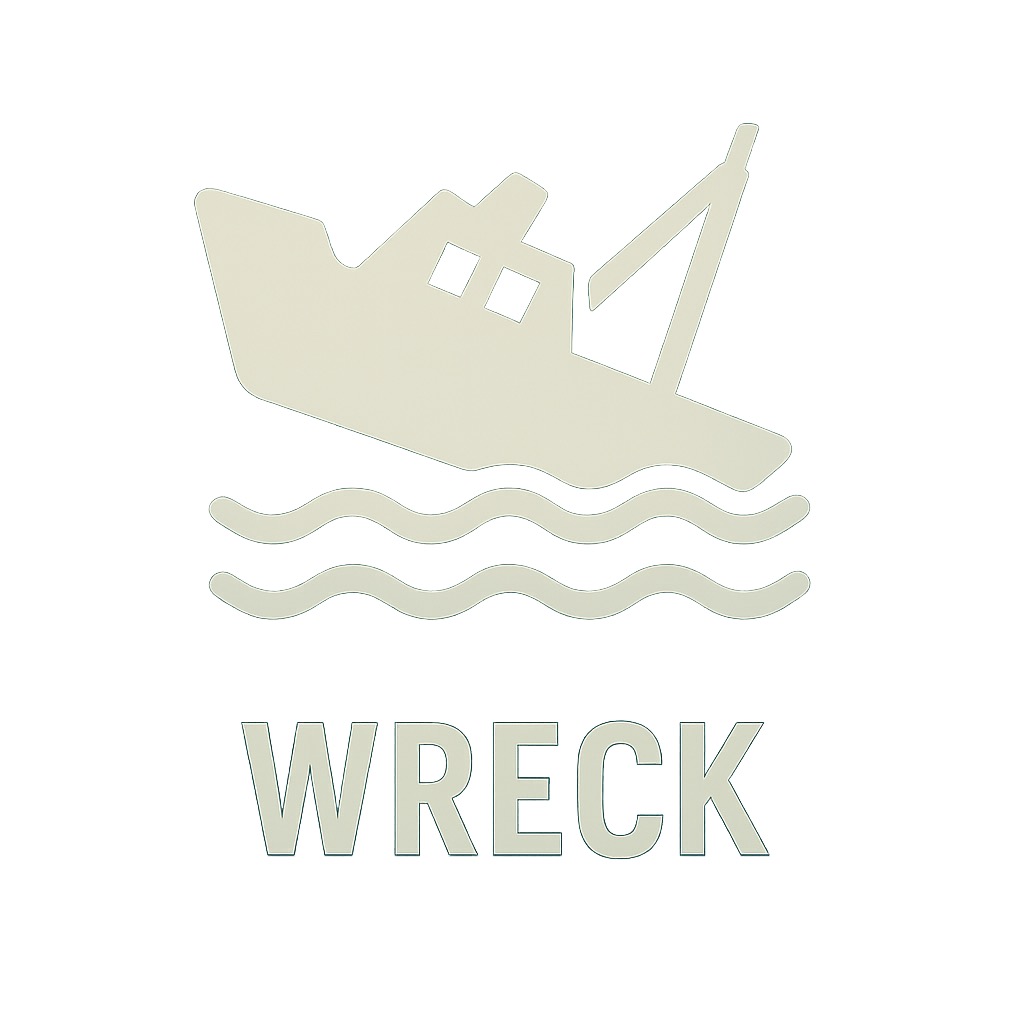
Irako
A refrigerated supply ship lying at 30–40 meters, known for clear visibility and abundant marine life.

Okikawa Maru
A large oil tanker in shallow water, accessible even for snorkelers. So beginner friendly and easy.

Akitsushima
A seaplane tender located around 36 meters deep, featuring intact cranes and anti-aircraft guns.

Olympia Maru
A freighter at about 30 meters, covered in corals and home to diverse fish species.

Kogyo Maru
A cargo ship resting at approximately 34 meters, with visible construction materials in the cargo hold.

East Tangat GB
A smaller, shallow wreck ideal for beginners and snorkelers. Vibrant marine life and easy to access.

Kyokuzan Maru
Another freighter at 22–28 meters depth, notable for its intact cargo rooms. Still some cool things inside.

Lusong Gunboat
Extremely shallow and popular for snorkeling due to vibrant coral growth and many species of fish.
⚓ Dive Site Accessibility: From Snorkeling to Technical Wreck Penetration
The historic wrecks scattered across Coron Bay vary significantly in terms of depth, condition, and accessibility—which means there’s something for every diver, from casual snorkelers to experienced technical divers.
Some of these sunken ships lie in shallow, protected waters, making them ideal for snorkeling and beginner dives. Wrecks like the Lusong Gunboat and East Tangat Wreck are often visible from the surface, offering a chance to witness rusting hulls and vibrant marine life without even strapping on a tank.
Note: Due to their historical value, many of these sites are protected, and it is illegal to remove artifacts.
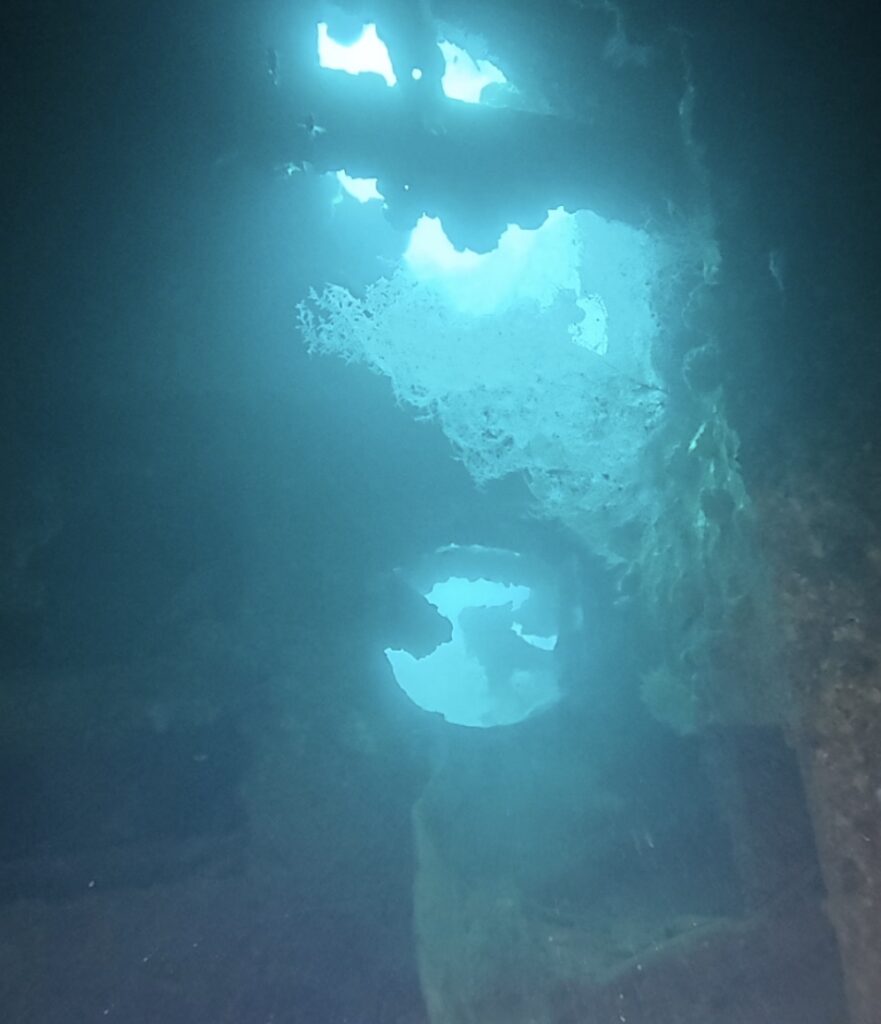
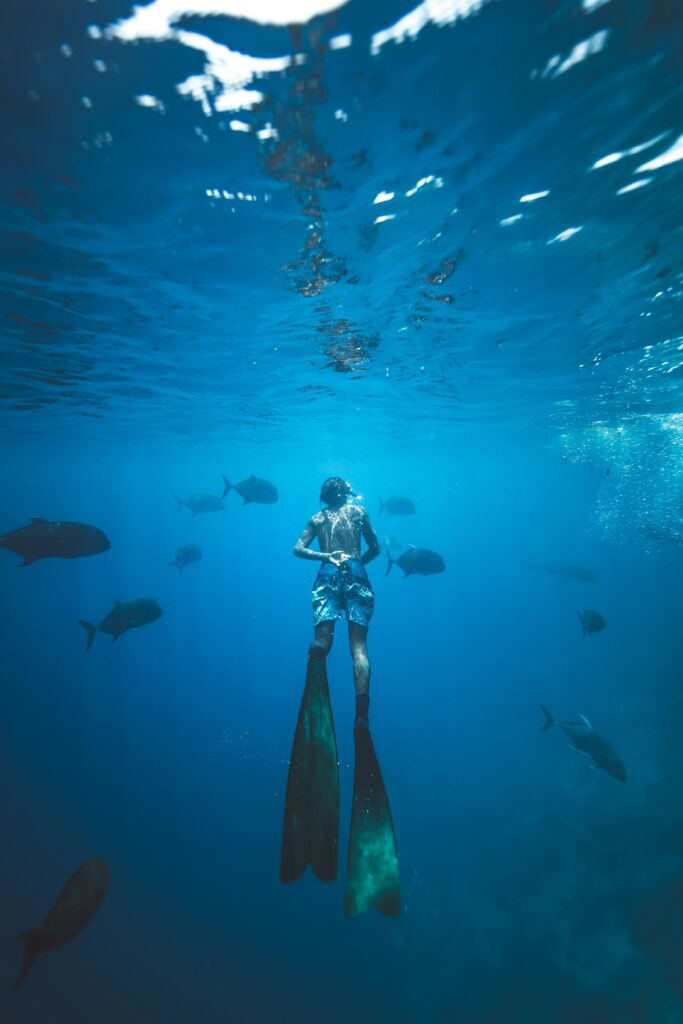
On the other hand, many of the more intact and iconic wrecks—such as the Akitsushima, Irako, and Kogyo Maru—rest at greater depths, typically between 22 to 40 meters. These dives require at least an Advanced Open Water certification, and in some cases, even wreck diving specialties or technical certifications if you plan to explore deeper sections or penetrate confined areas.
While most wrecks are considered safe to explore with proper guidance, it’s important to note that a few of them are unstable, partially collapsed, or located at technical depths beyond recreational limits. These deeper wrecks should only be attempted by divers with extensive training, redundant equipment, and the ability to manage overhead environments safely.
Thanks to their variety and historical intrigue, the Coron wrecks attract divers from all over the world. Whether you’re hovering above a shallow gunboat surrounded by reef fish or descending into the dark hull of a WWII supply ship, each site offers its own unique adventure beneath the surface.
Immerse Yourself in Coron’s Thrilling Diving Legacy
🛳️ Diving in Coron, Palawan – World-Class Wrecks and Adventure
Coron is known around the world for its amazing World War II shipwrecks. It’s one of the best places to try wreck diving. Whether you are just starting out or already have experience, you’ll find something exciting here.
Open Water Divers can explore shallow wrecks and coral reefs. If you are an Advanced Open Water Diver, you can dive deeper into larger ships. These sunken warships are now home to coral, fish, and other marine life.
There are many PADI and SSI dive centers in Coron. They offer fun dives, as well as training up to Divemaster and Instructor level. If you want to grow your dive skills, Coron is a great place to learn.
But Coron isn’t just about wrecks. You can visit Barracuda Lake and feel the warm and cold layers of water—this is called a thermocline. You can also try freediving on calm reefs, for a more quiet and natural way to explore.
Want to see more? Take a liveaboard trip from Coron to visit remote dive spots. Some areas have sharks, manta rays, and big schools of fish. There’s so much more than wrecks here!
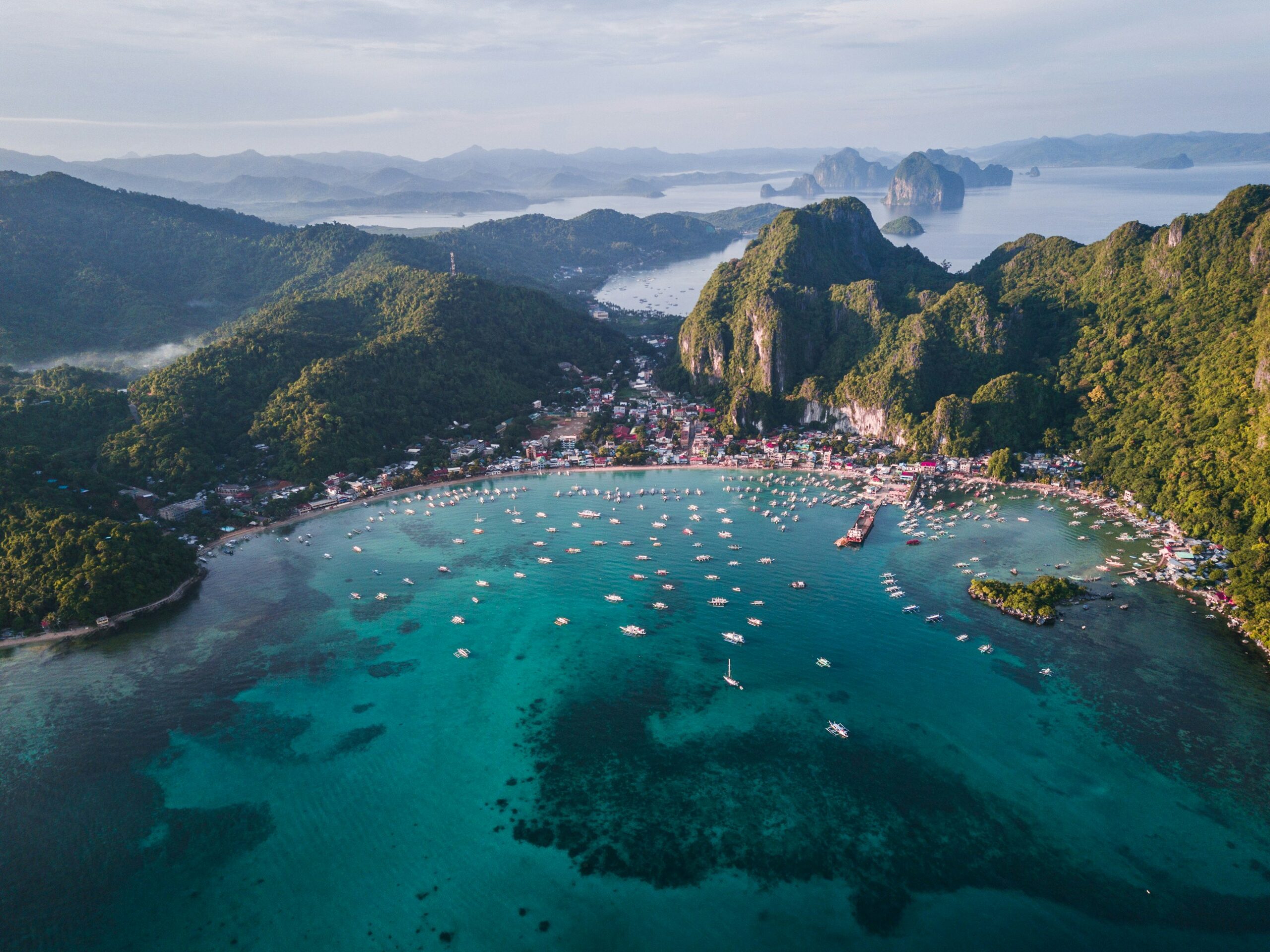
Wreck diving in El Nido
Discover underwater structures in El Nido, perfect for practicing wreck or deep dives.
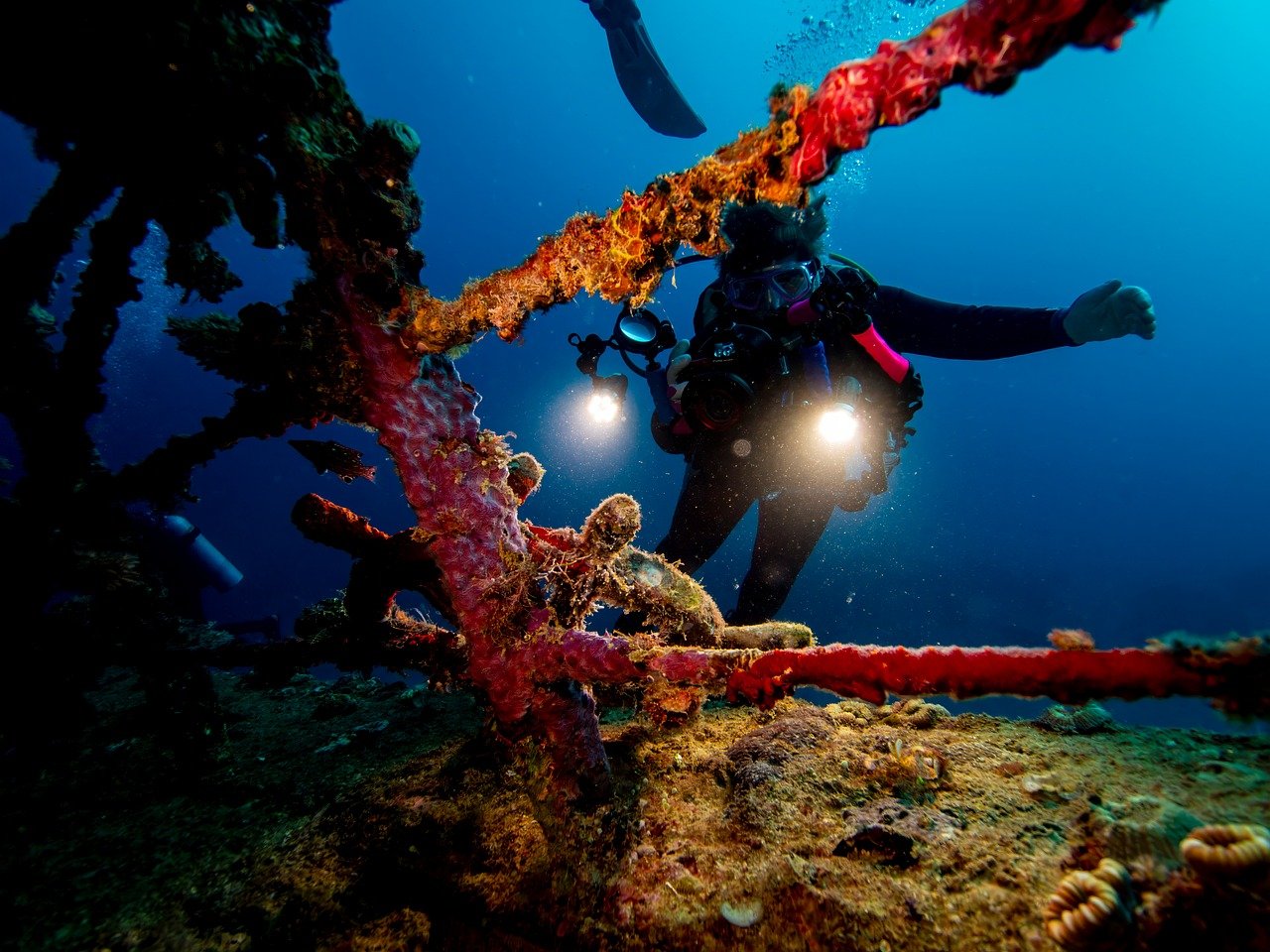
Wreck diving techniques
What is so special about wreck diving? One thing is that you can’t go straight up because you are inside.
WHAT IS WRECK
DIVING?
Wreck diving is a type of scuba diving where you explore sunken ships, airplanes, or other man-made structures underwater. Sometimes it’s purely recreational, and other times it involves technical diving, especially for deeper or more complex wrecks.
There are three main types of wreck diving: Non-penetration, limited penetration and full penetration.
Let’s start with non-penetration wreck diving. In this kind of dive, you stay outside the wreck and explore the exterior only. It’s perfect for beginners or anyone who feels unsure about going inside a wreck.
Also, some wrecks can only be explored from the outside. This could be because they are too small, too broken apart, or too unstable to safely enter. That’s why non-penetration dives are not only safer but also common at many older or shallow wreck sites.
Limited penetration wreck diving means you can go inside parts of the wreck, but only where it’s safe. You stay close to the entrance and in areas where natural light still shines in. These dives are great for learning how to enter wrecks without too much risk.
In contrast, full penetration wreck diving is much more advanced. Divers can explore deep inside the wreck, even into dark and tight spaces. This type of diving should only be done by trained and experienced divers. The wreck must also be stable enough to enter.
Full penetration dives are similar to cave diving. They often involve special gear and decompression stops. But they also let you see more of the wreck, like rooms, equipment, and personal items left behind long ago.
Three great links
Historical Depths
Discover the fascinating history of that day in 1945, during a 15min attack on Japanese warships. Wikilink
Underwater Wonderland
Experience vibrant marine life as you navigate through the Irako shipwreck, a hub for biodiversity.
Diving Tips
Learn essential diving tips to safely explore this iconic wreck, suitable for divers of varying expertise. When you participate with one of the dive centers you will get a lot of really good information and tips regarding wreck diving.
Marine life around the wrecks
In addition to its historical significance, Irako is surrounded by rich marine biodiversity. Divers often encounter schools of barracuda, tuna, groupers, lionfish, nudibranchs, and occasionally turtles and reef sharks. The coral growth and sponge-covered walls add color and life to the otherwise eerie wreck, making it a favorite for underwater photographers.

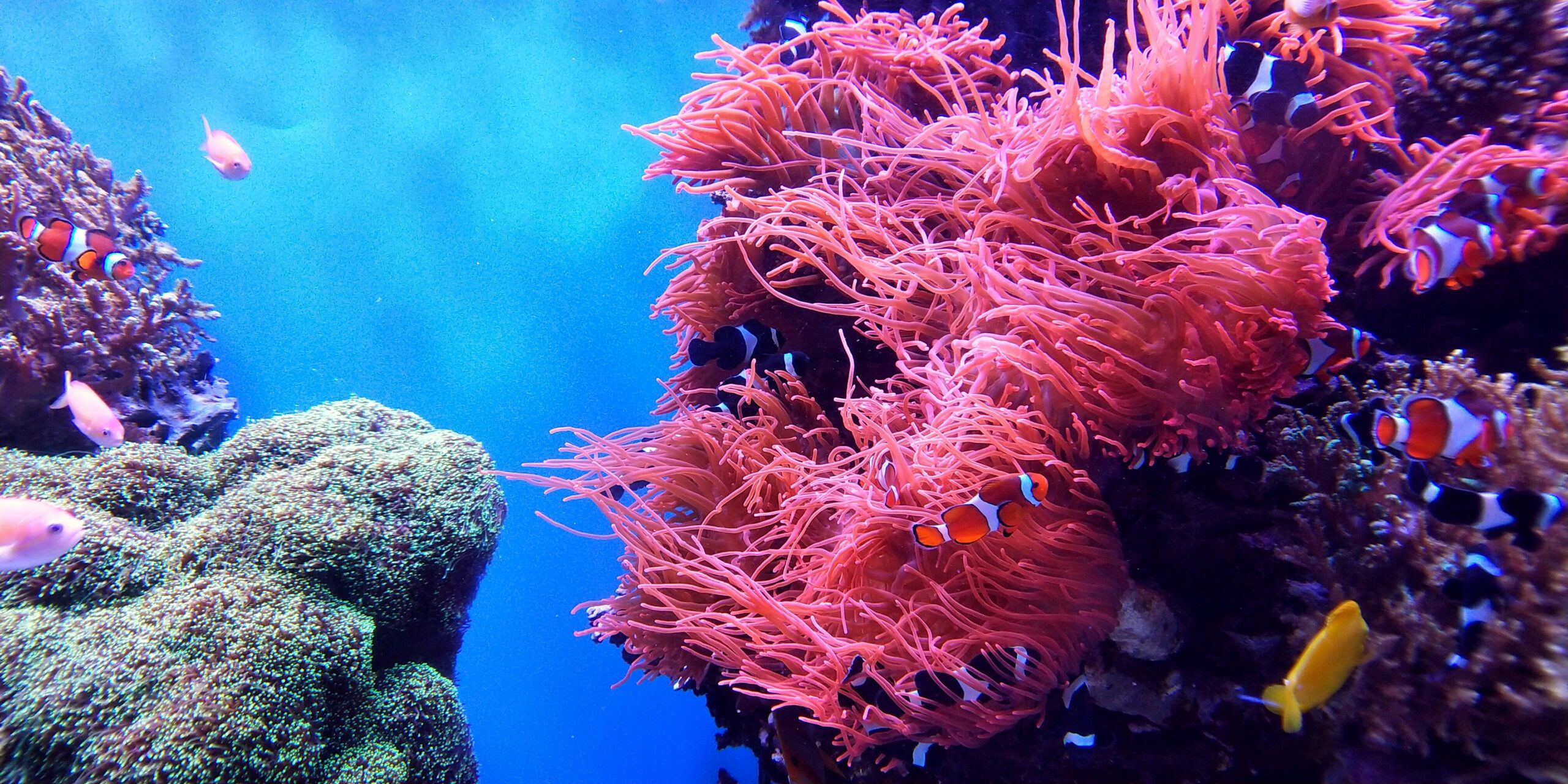
WHY GO WRECK
DIVING?
Wreck diving offers the opportunity to experience history first hand and learn about the incredible stories surrounding different wrecks. Divers can learn new dive skills when wreck diving and gain an increased awareness of their body positioning, buoyancy, and finning techniques whilst navigating wrecks.
Wreck diving allows divers to explore abundant marine life in concentrated areas, as wrecks are often colonized by corals, sponges, critters and schools of reef fish seeking shelter amongst wreck structures.
This provides unique photographic opportunities of marine life and wreck structures combined. Propellers are a popular choice for wreck photography, as are engine rooms, and discarded World War artefacts. There is nothing quite like seeing tanks, aeroplanes and ships covered in colourful corals and transformed into pieces of living history.
Palawan’s wreck diving adventures
Discover everything from dive centers to dive sites with our interactive map, list of trusted dive centers and other useful tools.
Top 4 dive centers
Top four dive centers in Palawan. We did it so you don’t have to.
Plan your trip
Create your dream journey with the help of our carefully selected resources.
List of dive centers
Browse and search through dive centers and discover experts near you.
Top 10 dive sites
Discover the most breathtaking diving spots around Palawan.
Travel guide
Get tips and advice to make your diving adventure unforgettable.

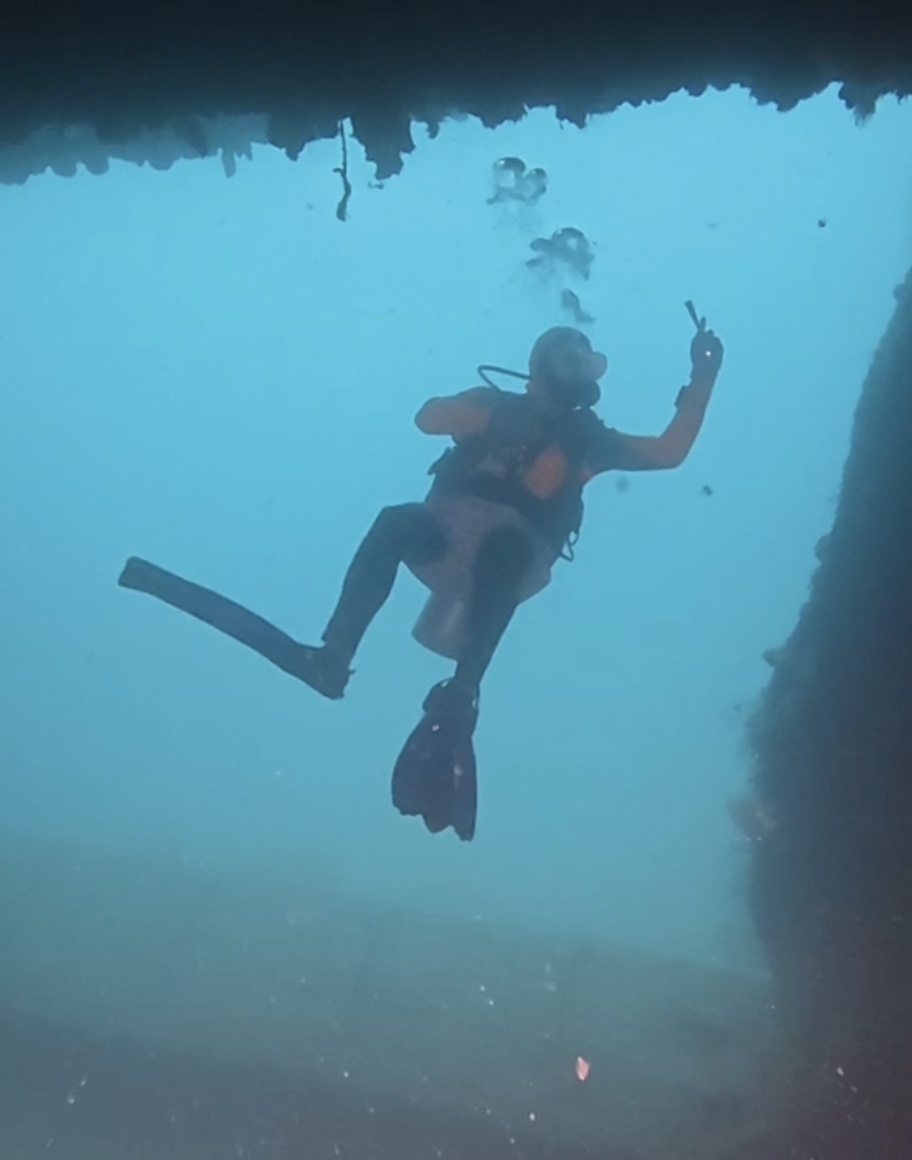
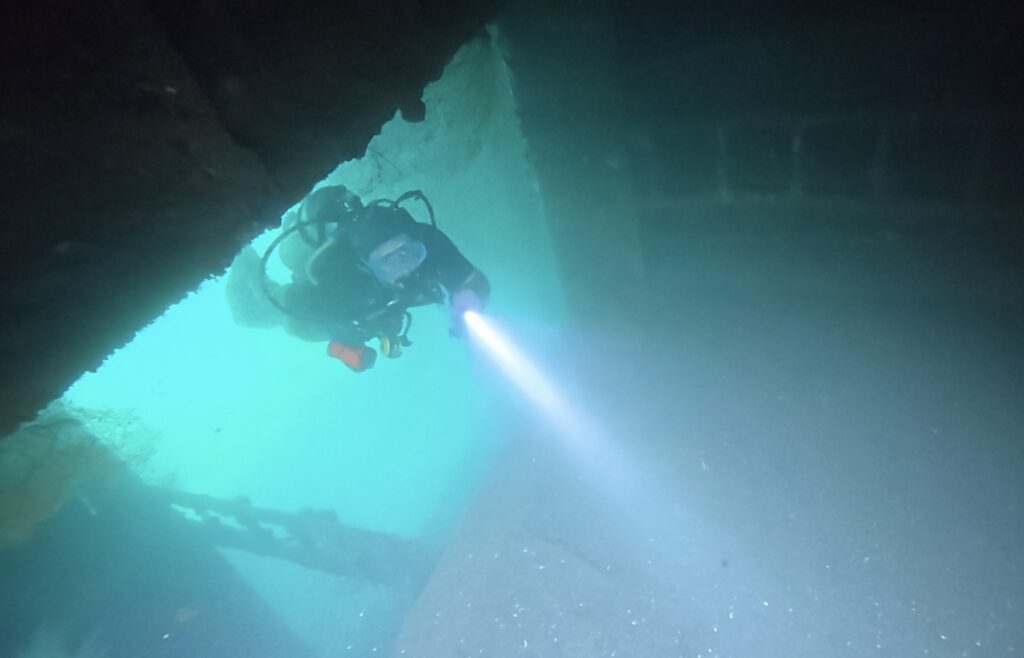
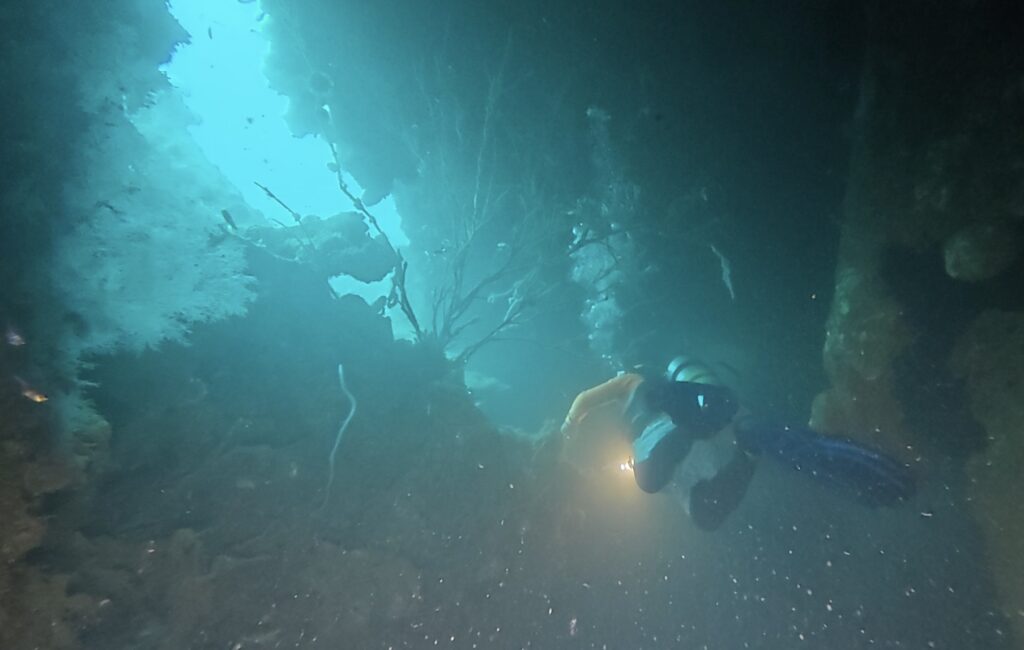
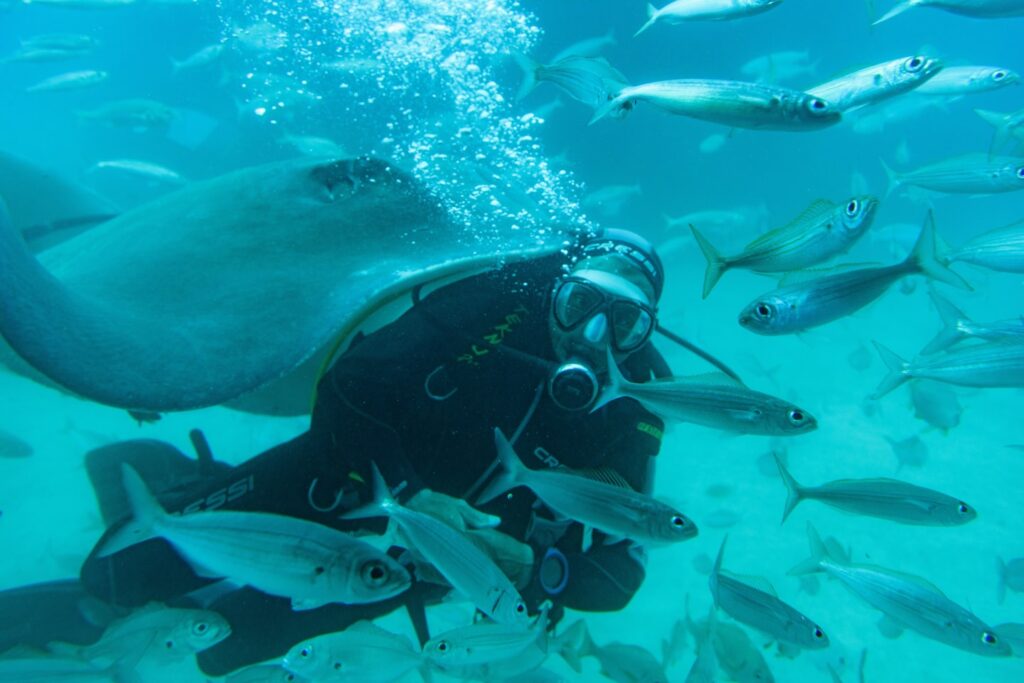
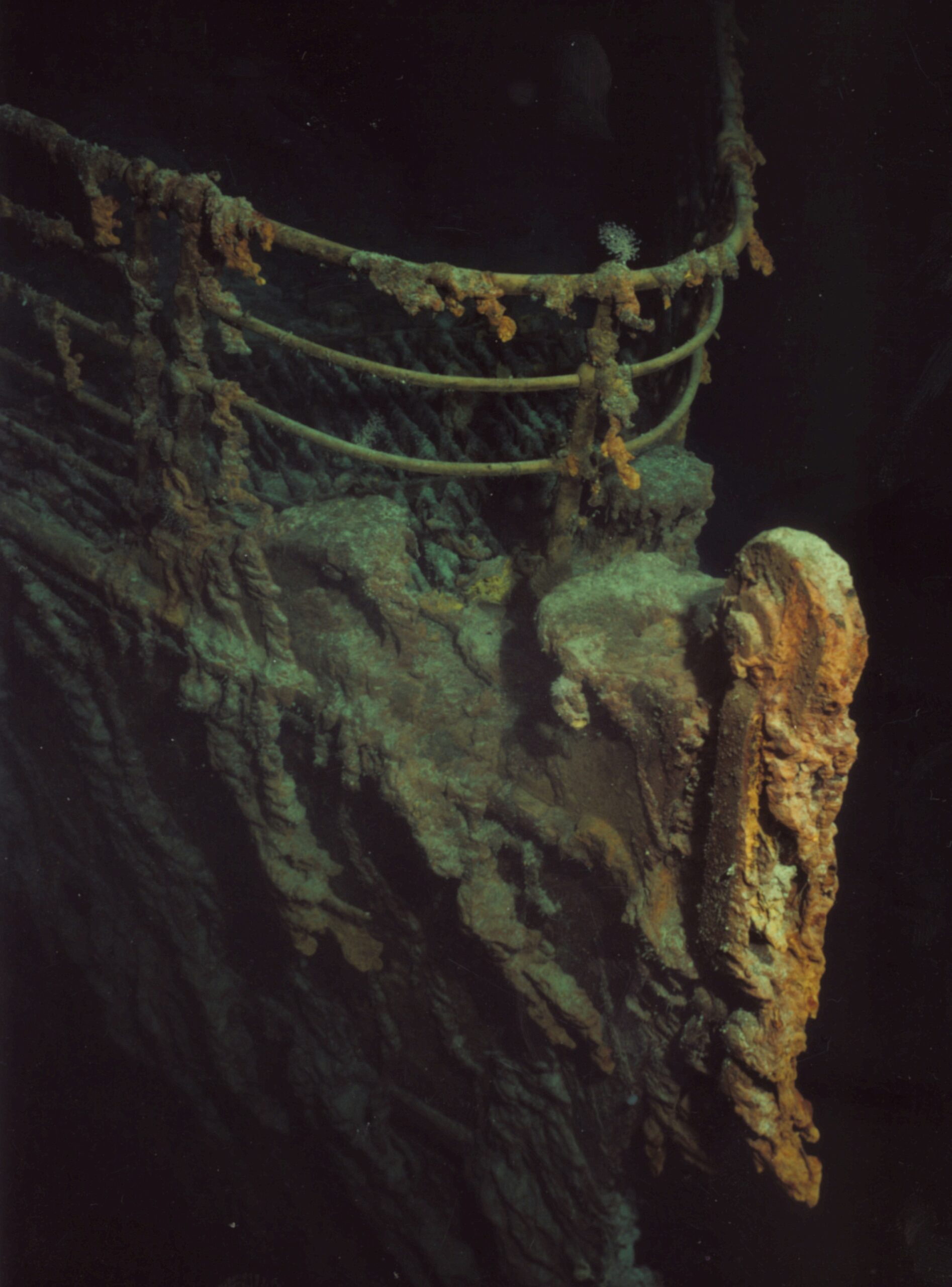
Discover What Divers Are Saying About Us
Here, our customers share their real experiences from diving adventures with us in Palawan. Read genuine reviews, personal stories, and testimonials that highlight their satisfaction with our dive services, guides, and unforgettable underwater moments. Whether it’s exploring shipwrecks, meeting sea turtles, or learning to dive, you’ll find out why so many divers choose us again and again
Very nice experience with a smooth process and some useful tools.

Anna Svensson
Certified Diving Instructor
Half the fun is to plan the trip and read about all the highlights.

Mikael Eriksson
Marine biologist
When I was going to pick some great spots to go to I used the Trip planner.

Lisa Andersson
Underwater Photographer
